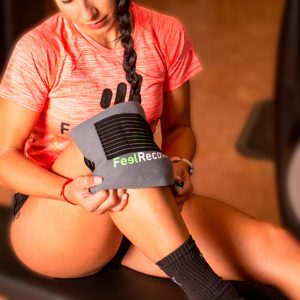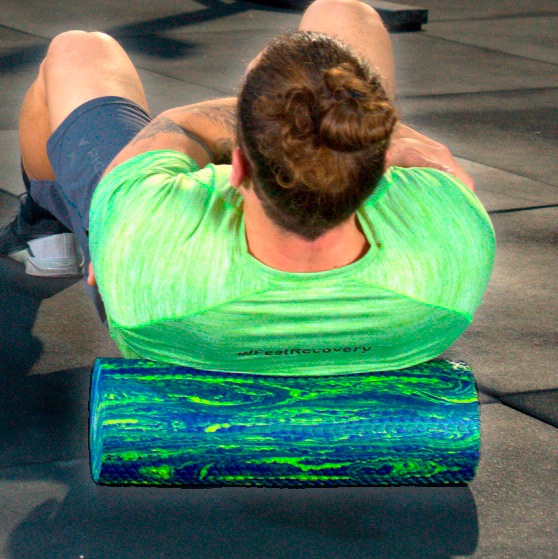Rotator cuff tendonitis, also known as shoulder impingement syndrome, occurs when the tendons in the rotator cuff become irritated or inflamed. This condition often results from repetitive overhead movements or sudden injuries, leading to discomfort, weakness, and restricted shoulder motion. Effective management with specialized products can help alleviate symptoms and promote recovery.
Compression sleeves are an essential tool for treating rotator cuff tendonitis. By providing firm yet comfortable support to the shoulder, these sleeves improve blood flow and reduce swelling. Enhanced circulation accelerates the delivery of nutrients to the injured tendons, facilitating quicker healing while stabilizing the shoulder joint to prevent further strain.
Cold therapy is highly effective in reducing inflammation and pain caused by tendon irritation. Applying gel wraps or ice packs shortly after physical activity helps numb the area and minimizes swelling. Cold therapy is particularly useful during the acute phase of the injury to control discomfort and prevent exacerbation.
Heat therapy plays a vital role in improving mobility and easing stiffness in the shoulder joint. Heat packs or wraps increase circulation, relax tight muscles, and prepare the shoulder for stretching or exercise. Pre-activity heat application is ideal for loosening the joint and reducing the risk of further injury.
Massage therapy can significantly enhance recovery by targeting the muscles and tissues surrounding the rotator cuff. Massage rollers and balls help relieve tension, improve alignment, and promote relaxation in the shoulder area. Regular massage sessions contribute to better mobility and reduced chronic pain in the affected joint.
Electrotherapy devices, such as TENS units, are increasingly popular for managing pain associated with rotator cuff tendonitis. These devices deliver gentle electrical impulses to block pain signals and stimulate endorphin production. Electrotherapy offers a non-invasive way to alleviate discomfort and enhance overall recovery.
Strengthening exercises are crucial for preventing future injuries and improving shoulder stability. Resistance bands are highly effective for gradually strengthening the rotator cuff muscles. Using resistance bands allows for controlled movement and targeted muscle engagement, enhancing the joint’s resilience and functionality.
Combining therapies such as compression, cold and heat treatment, massage, electrotherapy, and strength training provides a comprehensive approach to managing rotator cuff tendonitis. Investing in the right recovery tools not only ensures faster healing but also helps maintain long-term shoulder health and functionality.
FAQ: Frequently Asked Questions
What is the best way to relieve pain from rotator cuff tendonitis?
Combining compression sleeves, cold therapy, and massage tools provides effective pain relief and supports the recovery process.
How does cold therapy help with shoulder inflammation?
Cold therapy reduces swelling and numbs pain by constricting blood vessels, making it ideal for managing acute inflammation in the rotator cuff.
Are resistance bands beneficial for strengthening the rotator cuff?
Yes, resistance bands help build muscle strength and improve shoulder stability, reducing the risk of future injuries.
Can TENS units be used for rotator cuff pain management?
TENS units effectively block pain signals and stimulate endorphin release, offering non-invasive relief for rotator cuff discomfort.
What are the benefits of massage therapy for rotator cuff tendonitis?
Massage therapy reduces muscle tension, improves circulation, and enhances mobility in the shoulder, supporting a smoother recovery.


















































